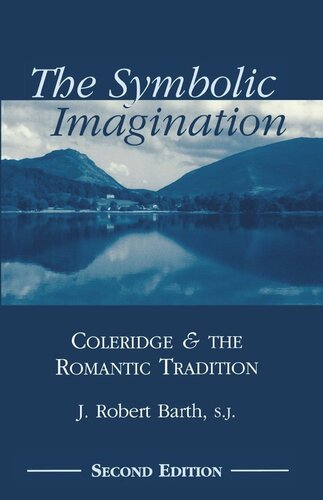

Most ebook files are in PDF format, so you can easily read them using various software such as Foxit Reader or directly on the Google Chrome browser.
Some ebook files are released by publishers in other formats such as .awz, .mobi, .epub, .fb2, etc. You may need to install specific software to read these formats on mobile/PC, such as Calibre.
Please read the tutorial at this link: https://ebookbell.com/faq
We offer FREE conversion to the popular formats you request; however, this may take some time. Therefore, right after payment, please email us, and we will try to provide the service as quickly as possible.
For some exceptional file formats or broken links (if any), please refrain from opening any disputes. Instead, email us first, and we will try to assist within a maximum of 6 hours.
EbookBell Team

4.0
66 reviewsThe original edition of this book studied the nature of symbol in Coleridge’s work, showing that it is central to Coleridge’s intellectual endeavor in poetry and criticism as well as in philosophy and theology. Symbol was for Coleridge essentially a religious reality, that participates in the nature of a sacrament as an encounter between material and spiritual reality. The author shows how Wordsworth and Coleridge developed a poetry, unlike that of the eighteenth century, based on symbolic imagination. He then related this symbolic poetry to the tradition of romanticism itself
Richard Harter Fogle wrote of the original edition: “This is a just, graceful, and penetrating book. Considering the complexity of the material, it is lucid and often eloquent. Father Barth’s interpretation of Coleridge’s doctrine of symbol is essentially original, as are his illustrative readings from the poems. His substantial essay moves harmoniously from Coleridge's particular insights to their wider implications for romanticism.”
In this new edition, the author has enlarged the scope of his study, first reviewing in an introductory chapter the important scholarship of the past twenty years on symbol and imagination. He then goes on to give his work a deeper theological foundation, and to extend his argument to embrace what he calls Coleridge’s “scriptural imagination.” As in the original edition, he concludes that symbol is a phenomenon profoundly linked with the experience of romanticism itself and with a fundamental change in religious sensibility that has echoes even in our own time.